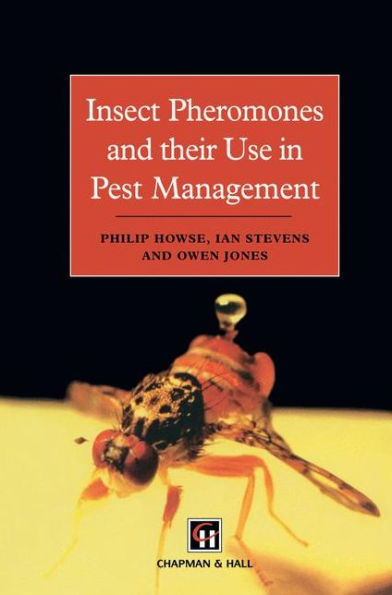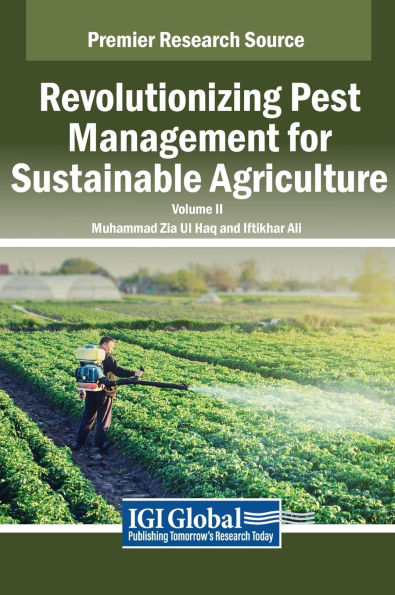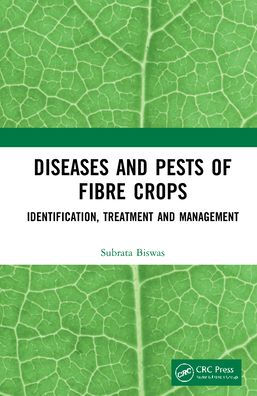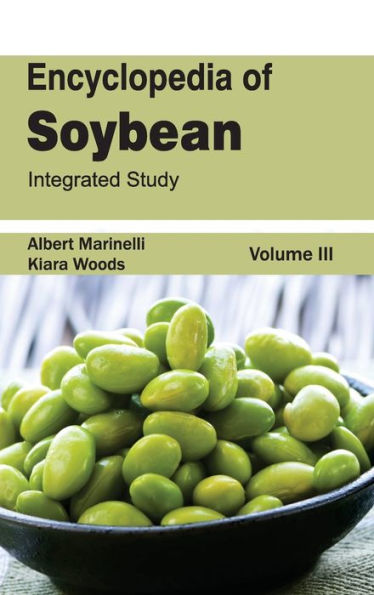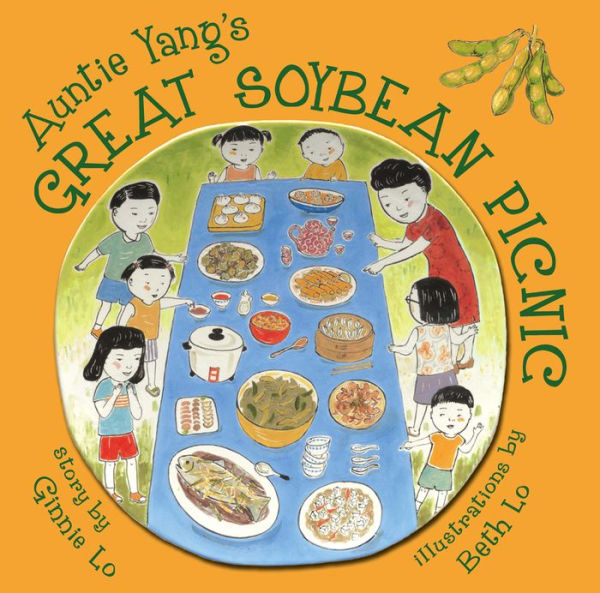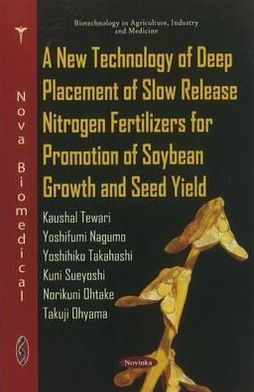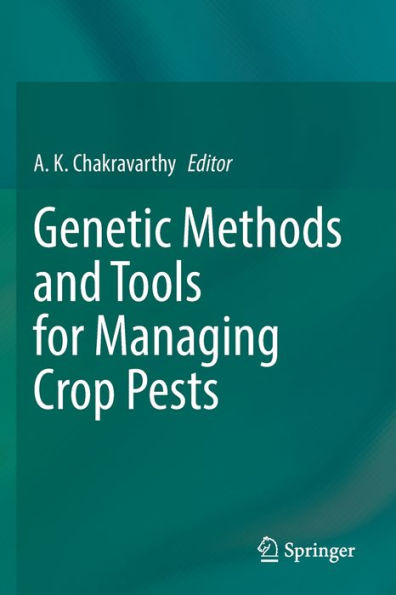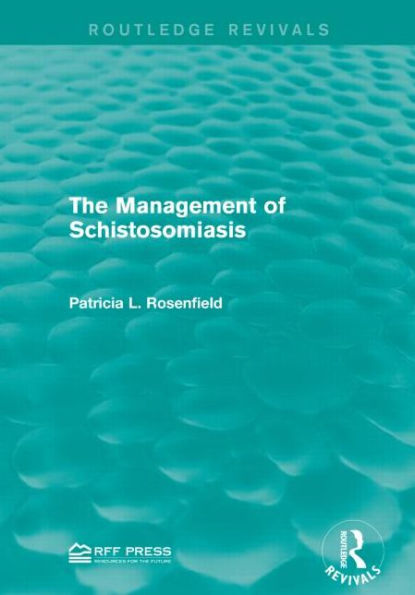Home
Pest Management in Soybean
Barnes and Noble
Pest Management in Soybean
Current price: $54.99
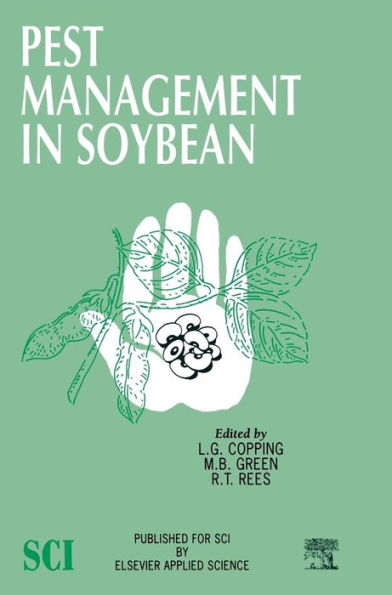

Barnes and Noble
Pest Management in Soybean
Current price: $54.99
Size: OS
Loading Inventory...
*Product information may vary - to confirm product availability, pricing, shipping and return information please contact Barnes and Noble
This book is the third in a series of volumes on major tropical and sub-tropical crops. These books aim to review the current state of the art in management of the total spectrum of pests and diseases which affect these crops in each major growing area using a multi-disciplinary approach. Soybean is economically the most important legume in the world. It is nutritious and easily digested, and is one of the richest and cheapest sources of protein. It is currently vital for the sustenance of many people and it will play an integral role in any future attempts to relieve world hunger. Soybean seed contains about 17% of oil and about 63% of meal, half of which is protein. Modern research has developed a variety of uses for soybean oil. It is processed into margarine, shortening, mayonnaise, salad creams and vegetarian cheeses. Industrially it is used in resins, plastics, paints, adhesives, fertilisers, sizing for cloth, linoleum backing, fire extinguishing materials, printing inks and a variety of other products. Soybean meal is a high-protein meat substitute and is used in the developed countries in many processed foods, including baby foods, but mainly as a feed for livesk. Soybean (Glycine max), which evolved from Glycine ussuriensis, a wild legume native to northern China, has been known and used in China since the eleventh century Be. It was introduced into Europe in the eighteenth century and into the United States in 1804 as an ornamental garden plant in Philadelphia.
